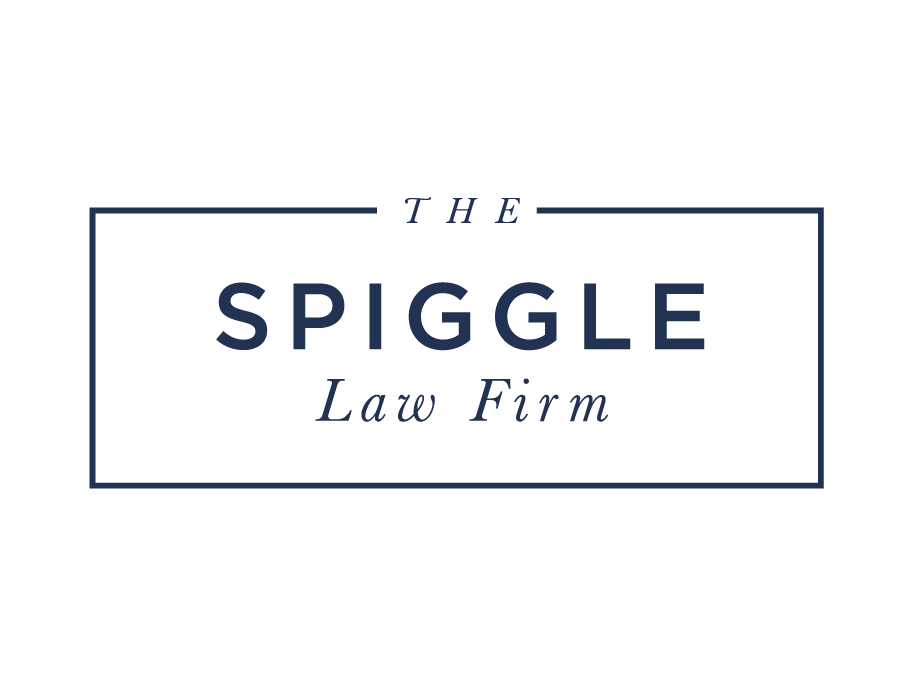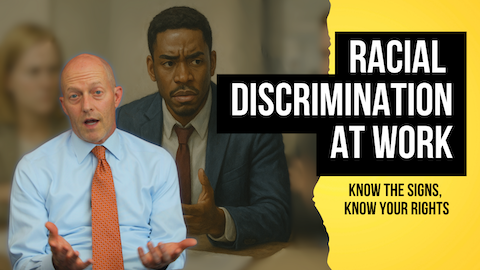 In most employment discrimination cases, the issue revolves around bias against the employee or job applicant because of an employee’s personal characteristics (such as color, race, religion, or sex), while retaliation cases are based on what an employee does. In retaliation cases, plaintiffs need to prove that because they did something (like file a complaint of discrimination), the employer took action against them, retaliating to punish them and to discourage others from doing the same thing.
In most employment discrimination cases, the issue revolves around bias against the employee or job applicant because of an employee’s personal characteristics (such as color, race, religion, or sex), while retaliation cases are based on what an employee does. In retaliation cases, plaintiffs need to prove that because they did something (like file a complaint of discrimination), the employer took action against them, retaliating to punish them and to discourage others from doing the same thing.
If an employer can show that the adverse action happened before the employee took the action, or if the employer did not know about the employee’s action, it can establish a defense against a retaliation claim. While timing is important, it is not the only issue involved, as was the case where a jury dismissed several actions involved in an ex-employee’s claims of retaliation.
Ex-Employee Claims Lawsuit After Her EEOC Claims Were Filed Was Retaliation
In June, a Colorado federal jury ruled against the Equal Employment Opportunity Commission (EEOC), deciding that CollegeAmerica Denver Inc., a private college in Denver, did not retaliate against its former director, Debbi D. Potts, by suing her for breaching her separation agreement after she filed a retaliation complaint against the agency.
Potts resigned from CollegeAmerica in July 2012 and signed an agreement that she would not bring any complaint or grievance against the school. The agreement also required Potts to avoid disparaging the school’s reputation. In exchange for these promises, Potts was paid $7,000.
Potts filed a total of three charges with the EEOC starting in January 2013. Two months later, CollegeAmerica sued Potts in Colorado state court for allegedly breaching the agreement by disparaging the school in e-mails exchanged with another former employee.
The EEOC filed its case in May 2014, charging that CollegeAmerica’s separation agreements violated the Age Discrimination in Employment Act (ADEA) as well as employees’ rights to file charges of discrimination or to participate in EEOC investigations. The judge held that the EEOC could not claim that the agreement violated the ADEA as it may be applied to employees in general. He also ruled that the agreement did not violate Potts’s ADEA rights in particular.
Judge Allows Retaliation Claims to Go to Trial
 In his December 2014 ruling, the judge refused to dismiss the underlying retaliation claim. To establish a prima facie (meaning “basic” or “fundamental”) case of retaliation under the ADEA, the EEOC needed to show that Potts engaged in protected activity, that CollegeAmerica later took an adverse action against her, and that a causal connection (evidence of a connection between Potts’s action and CollegeAmerica’s subsequent acts) exists. Generally, the closer in time the protected activity (the discrimination complaint) and the adverse action (the lawsuit), the easier it is for a plaintiff to suggest that there is a connection between the two.
In his December 2014 ruling, the judge refused to dismiss the underlying retaliation claim. To establish a prima facie (meaning “basic” or “fundamental”) case of retaliation under the ADEA, the EEOC needed to show that Potts engaged in protected activity, that CollegeAmerica later took an adverse action against her, and that a causal connection (evidence of a connection between Potts’s action and CollegeAmerica’s subsequent acts) exists. Generally, the closer in time the protected activity (the discrimination complaint) and the adverse action (the lawsuit), the easier it is for a plaintiff to suggest that there is a connection between the two.
The school argued that Potts could not show any such connection. The judge disagreed, citing a timeline of events Potts alleged in the complaint.
- On December 1 and 2, 2012, Potts and another former employee exchanged e-mails.
- A letter dated January 11, 2013 from CollegeAmerica’s general counsel advised Potts that the e-mails violated the agreement’s nondisparagement clause, and he demanded the return of its $7,000 payment.
- On January 25, 2013, Potts filed her first charge of discrimination with the EEOC.
- On March 25, 2013, seven days after it received notice of Potts’s first charge of discrimination, CollegeAmerica filed a lawsuit against Potts in Colorado state court.
CollegeAmerica argued that there was no causal connection between Potts’s January 25 charge of discrimination and the school’s lawsuit because the January 11 letter specifically warned Potts that it would file claims against her for allegedly breaching the separation agreement if she did not return the $7,000 payment within 30 days.
The EEOC argued that CollegeAmerica did not immediately file its lawsuit after the 30 days passed. It waited another 43 days after the deadline, which also happened to be just seven days after receiving notice of Potts’s first EEOC charge of discrimination.
Ultimately, the EEOC had the burden of showing that the school was motivated to sue Potts for breach of contract due to her EEOC claims. For whatever reason, the jury decided that the school did not do so. While showing a timeline of events demonstrating that adverse actions were taken against an ex-employee after discrimination claims were filed is necessary, it may not be enough to prevail.
Summing It Up
Retaliation claims are about actions and reactions. To succeed, plaintiffs need to show three things:
- they took an action protected by the law (like filing a discrimination complaint or cooperating with an investigation),
- the employer responded with an action to punish them, and
- they suffered harm as a result.
Plaintiffs need sufficient evidence showing their employer intended to punish them for taking action. In addition to a timeline, there may be evidence of statements made by the defendant showing discriminatory intent or evidence of a past practice of retaliating against other employees who took similar actions.
Timelines are a tool that plaintiffs can use to try to prove the case, but ultimately, it is not all about who did what when. It’s also about why.
The Spiggle Law Firm represents those who have been retaliated against by their employers. If you or a family member has suffered as the result of taking action to protect your rights, contact our office so we can talk about the situation, discuss how the law applies, and evaluate your best options for moving forward.





